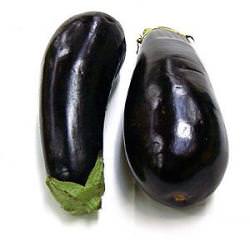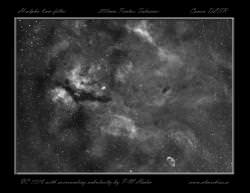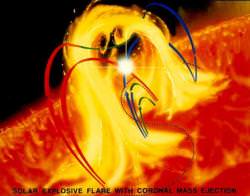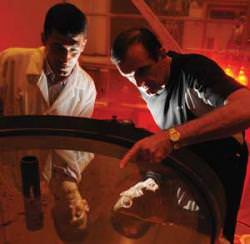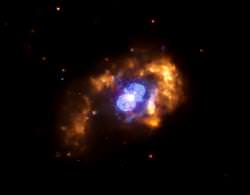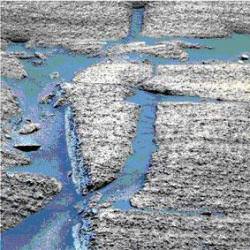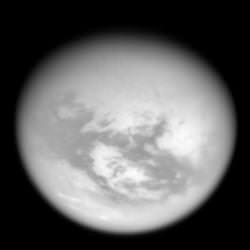If and when astronomers finally start discovering life on other worlds, they’ll be wondering what kinds of lifeforms are there. They probably won’t have plants as we know them, but there’ll be some kind of life that converts light from the Sun into energy. What would this life look like?
It turns out, the look of the plant life on another planet will depend on the light from the Sun. This is according to new research from Robert Blankenship at Washington University in St. Louis. Plants here on Earth are green because of chlorophyll, which converts solar power into sugars for metabolism. But this isn’t the best molecule. Ideally, you want something black, which absorbs all of the light.
Blankenship is part of a NASA working group at the Jet Propulsion Laboratory. They’re studying the light that comes from stars and extrasolar planets, looking for clues that would hint at extrasolar life. Specifically, they’re looking for elements which are out of balance from what a world should be if it was completely lifeless. For example, here on Earth, the free oxygen in our atmosphere wouldn’t be around if there wasn’t a natural process replenishing it. There’s also a very specific wavelength of light, 700 nanometres out, where there are signs of very intense chlorophyll absorption.
Original Source: Washington University in St. Louis News Release

